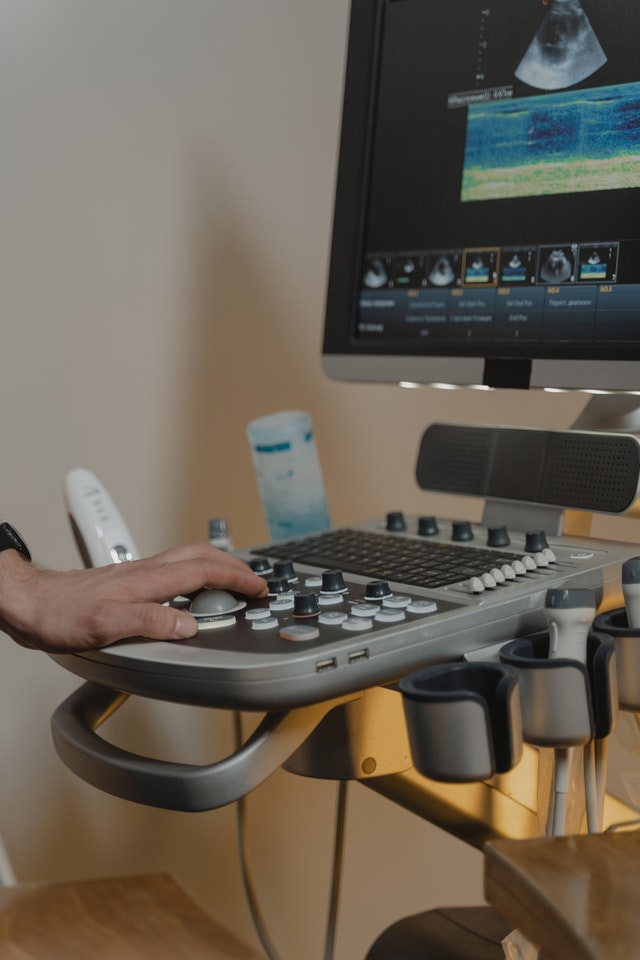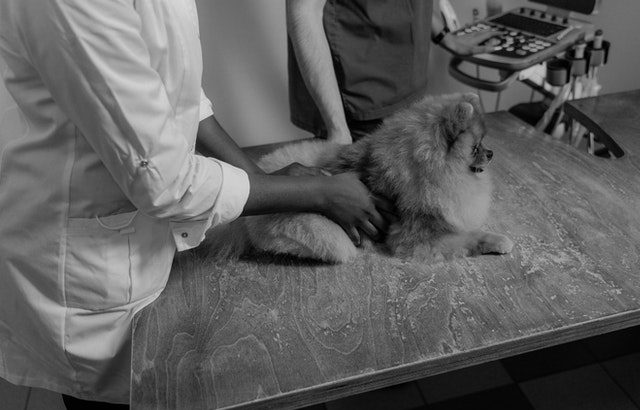A Beginner’s Guide to Becoming a Veterinary Technologist
Veterinary technologists play an important role in caring for sick and injured animals. Not to be confused with veterinary technicians, they perform a myriad of technology-related veterinary services. Among other things, veterinary technologists administer anesthesia, draw blood, collect tissue samples, administer vaccines, take X-rays and perform laboratory analyses. How do you become a veterinary technologist exactly?
What Is a Veterinary Technologist?
A veterinary technologist — also known as a Registered Veterinary Technologist (RVT) in some states — is an animal care professional who works alongside a licensed veterinarian to help diagnose and treat injuries and illnesses in animals. They are allowed to perform some tasks by themselves, whereas other tasks must be performed under the direct supervision of a licensed veterinarian. Veterinary technologists also can’t prescribe medication. Rather, prescriptions must be given by a licensed veterinarian.
Where Do Veterinary Technologist Work?
Like licensed veterinarians, veterinary technologists often work in private clinics. A report published by the American Veterinary Medical Association (AVMA) found that there are approximately 28,000 to 32,000 private veterinary clinics in the United States. Many veterinary technologists work at these private clinics where they provide medical services for clients’ pets and animals. Private clinics still have traditional, licensed veterinarians, but they often employ veterinary technologist to assist with various medical services.
In addition to private clinics, some veterinary technologists work at animal shelters. When abandoned or neglected animals are brought to an animal shelter, they are oftentimes sick or injured. Animal shelters employ veterinary technologists to provide medical services for these sick and injured animals. Veterinary technologists can help diagnose and treat sick and injured animals housed at an animal shelter.
Some veterinary technologists work at zoos as well. Zoos offer a unique work environment because of their diverse range of animals. They typically don’t have dogs and cats. Rather, zoos house exotic animals like lions, foxes, zebras and gorillas. These animals can get sick or injured just like all other animals. Therefore, zoos employ veterinary technologists.
Education Requirements for Veterinary Technologists
If you’re interested in becoming a veterinary technologist, you’ll need to familiarize yourself with the education requirements for this profession. All veterinary technologists must complete a program at an AVMA-accredited college. Known as a veterinary technology program, it’s designed to teach aspiring veterinary technologists about veterinary technology.
To enroll in a veterinary technology program, you’ll need to have a high school diploma or equivalent. Assuming you meet the enrollment requirements, you can search for a veterinary technology program at an AVMA-accredited college. Upon completing the program, you’ll be one step closer to becoming a veterinary technologist.
Keep in mind that veterinary technologists require a four-year bachelor’s degree in a veterinary technology program. In comparison, veterinary technicians only require a two-year associate’s degree in a veterinary technology program. As a result, it will take a little longer to become a veterinary technologist. Nonetheless, veterinarian technologists still require less schooling than traditional, licensed veterinarians.
Many of the AVMA-accredited colleges with veterinary technology programs offer internship assistance. When you complete a veterinary technology program, the college will help you find an internship. It’s an easy way to get your foot in the door, allowing for a smoother entry into the veterinary technologist profession.

Registration, Certification or Licensure
Before you start working as a veterinary technologist, you’ll need to get registered, certified or licensed. States have requirements regarding who can legally work as a veterinary technologist. Some states require registration, whereas others require certification or licensure. To practice in a particular state, you’ll need to meet that state’s requirements.
Registration typically has the lowest barrier of entry. You’ll still need to complete a four-year veterinary technology program at an AVMA-accredited college, but you usually won’t have to complete any additional tests or exams. Registration involves providing the state with your information. Certification and licensure, on the other hand, require a little more work. In addition to completing a four-year veterinary technology program, you’ll usually have to pass a test or exam. Regardless, you’ll need to become registered, certified or licensed to practice as a veterinary technologist. States have requirements for both veterinarians and veterinary technologists.
Finding a Job
After meeting your state’s requirements, you can begin searching for a job as a veterinary technologist. If you did an internship, you may already have at least one job offer. Private clinics often offer interns jobs. If they recognize you as a hard worker who’s dedicated and compassionate about animals, they may offer you a position as a veterinary technologist.
You can also search for available veterinary technologist job openings by using online classified ads. Whether it’s a private clinic, an animal shelter or a zoo, many of these businesses and organizations will post job postings for veterinary technologists. With online classified ads, you can easily search these job listings.

